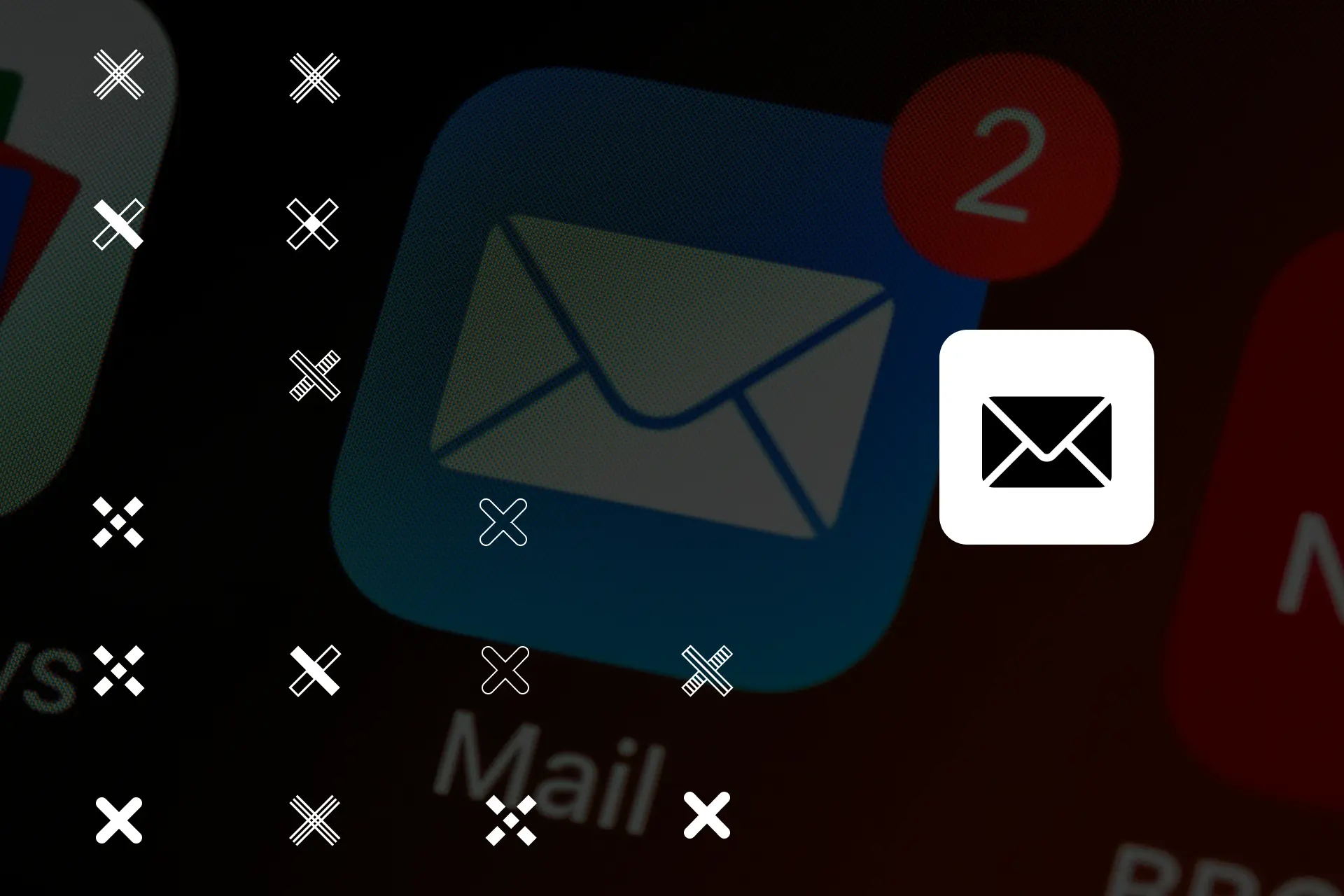How to get started with intent-based abandonment emails

Abandoned cart emails became a key part of the CRM playbook for a reason. They’re easy to set up, look great in reports and are seen as a no-brainer for driving conversions. But let’s be honest. Most of them are blunt. They ignore why shoppers abandoned in the first place and often end up adding noise instead of value for the visitor.
In a recent piece, Rethinking abandonment emails with intent, we explored why this tactic so often falls short. The reach is limited to visitors you can actually email. The timing often misses the moment. And blanket discounts don’t just erode margin, they train shoppers to delay purchases.
If you haven’t read that yet, it’s worth a look. But this article is about moving forward. Here’s how CRM teams can use use intent with abandonment emails to make them smarter, more targeted and more effective.
Review why you are sending abandonment emails (and who to)
It’s easy to assume the goal of abandonment emails is simple: recover a lost sale. But was it a lost sale to begin with? Just having items in a cart isn’t always a signal of high purchase intent. Shoppers use them to shortlist products, compare options or as a save-for-later tool.
If the goal is to recover real opportunities, this tactic needs refining.
Not every abandoner should get an email. Without context, CRM teams risk:
- Sending to shoppers who are still browsing and not yet ready to buy.
- Triggering emails too soon or too late.
- Flooding inboxes with irrelevant reminders.
The consequences? Unsubscribes. Inbox fatigue. And lost trust. Excluding shoppers who aren’t ready to buy isn’t only a better experience. It also leaves room for emails that actually work, allowing you to send them with impact.
If someone’s adding to cart to compare or wishlist items, hitting them with a salesy reminder could risk turning them off completely.
So how do you make abandoned cart emails smarter, more targeted and more effective? Start here.
Optimising abandonment emails with intent
This isn’t about rebuilding from scratch. It’s about fixing the foundations first, reducing downside and then optimising for growth.
Step 1: Analyse
Start by reviewing your current campaigns with intent data. Segment visitors by mindset and product affinity. Understand which groups engage and which ones churn. Look beyond standard metrics like open rates. Ask who clicked, who converted and, crucially, who unsubscribed.
Step 2: Exclude
Stop sending to low-intent visitors. Protect your list health by cutting out disengaged shoppers who are unlikely to convert. Focus efforts where they’ll actually move the needle.
Step 3: Improve
Optimise the emails you do send to high-intent visitors. This isn’t just about tweaking subject lines. Think about mindset. If a shopper is in discovery mode, avoid hard-sell copy. Instead, highlight educational content, social proof or unique selling points to build confidence. For those showing strong purchase intent, timely nudges and delivery reassurance might be all they need to convert.
One area many retailers get wrong is discounting. Blanket incentives erode margin and train shoppers to wait. Instead, reserve offers for visitors showing clear signs of hesitation, with an unlikelihood to return to site.
Grow with better emails and beyond the inbox
Once you’ve reduced downside and optimised for impact, you’re ready to grow further.
In email, you can tailor creative based on intent stage and affinities. Think beyond discounts or nurture flows. You can even explore dynamic recommendations for basket builders and cross-sell opportunities. This isn’t about flooding them with options but about making the right product feel obvious.
One of our customers, a leading UK jeweller, faced this challenge head on. Their CRM team realised their “one-size-fits-all” abandonment email was limiting relevance and risking engagement. They started with our exclusion and optimisation steps, then moved onto more context-driven creative.
They created three visitor groups: low, building and high intent. Each group received tailored emails. High-intent abandoners got a timely, persuasive message tied to browsed products. Lower-intent visitors were sent softer campaigns focused on brand USPs. Some received no email at all to protect list health.
The result? A 12% uplift in click-through rates and a strategy that felt more like a conversation than a conversion ploy. Read the full customer story here.
But your response doesn’t have to stop at the inbox.
Onsite, once you detect exit signals in real time, you can trigger supportive nudges before visitors abandon, such as delivery reassurance or save-for-later prompts. You can also surface email capture prompts for unknown visitors at the right moment to grow your contactable base.
When onsite and email journeys are connected, you’re no longer chasing abandoners after they’ve gone. You’re helping them complete the journey in the moment.
The impact when you get this right
When you rethink abandonment emails with intent, shoppers feel understood instead of pestered. CRM teams send fewer, smarter emails that actually drive revenue.
Metrics improve across the board too:
- Unsubscribe rates drop dramatically due to less inappropriate emails
- Click-through rates (CTR) climb as relevance improves
- Higher return visits and positive movement on intent to return metrics.
- On average, Made With Intent users see a 65 percent increase in campaign impact overall
This isn’t just about improving KPIs. It’s about changing how shoppers feel when they hear from you. Intent-based emails create relevance, reduce noise and rebuild trust. They don’t just recover sales. They set the stage for long-term growth.
Want to see how intent-first abandonment emails work in practice? Get a demo to learn how Made With Intent helps teams recover more revenue without damaging their shoppers’ experience.

.png)